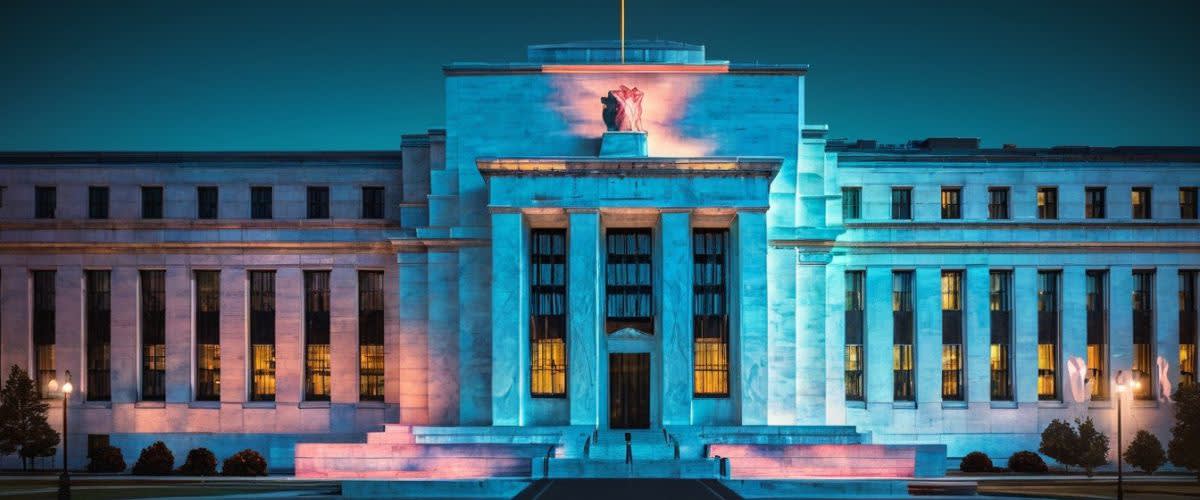Victory Over Inflation:
Last week, the Federal Reserve made an uncommon decision by cutting its key interest rate by half a percentage point, signaling confidence that inflation is nearly under control after a prolonged three-year struggle.
However, many Americans remain skeptical. Recent consumer surveys reveal a continued dissatisfaction with the economy, still affected by the high inflation rates that surged to a 40-year peak during the post-pandemic recovery.
Some economists believe that the ongoing reduction in borrowing rates could help improve public perception over time. Inflation has been steadily declining for more than two years and is approaching the Federal Reserve’s target of 2%. Although prices are still increasing, the rate of increase has significantly slowed.
Prices of some widely-used products, like used vehicles and groceries, have even dropped. Historically, when inflation stabilizes at a low rate and prices rise gradually, people tend to adjust to the higher price levels. On the bright side, average household incomes are now rising faster than prices, improving affordability for many families.
This economic challenge continues to be a central topic in the political sphere. Former President Donald Trump has pointed to the current administration’s policies as a key factor in the inflation spike. Nonetheless, recent polls suggest voters are nearly evenly split on whether Trump or Vice President Kamala Harris would better manage the economy, a change from earlier polls where a majority disapproved of President Biden’s handling of economic issues.







